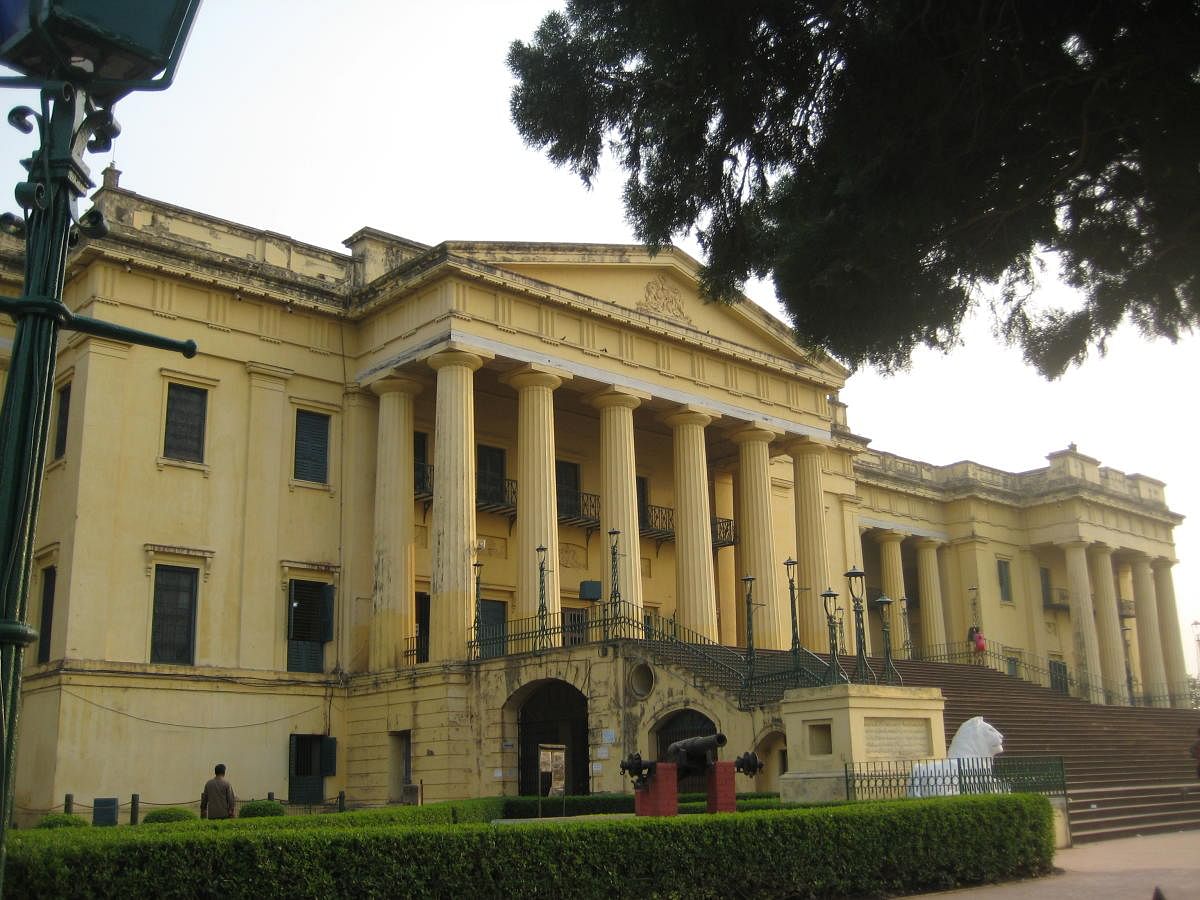
Murshidabad traces its name to Nawab Murshid Kuli Khan, the Dewan of Bengal, Bihar and Orissa, who founded the town on the bank of the Bhagirathi river. Its old name was ‘Maksudabad’. Not very many people outside West Bengal know that Murshidabad was once the capital of this vast region in the East. Calcutta, now Kolkata, became the capital later, in 1773. Eventually, Calcutta became the capital of the British Indian empire till it was shifted to Delhi in 1911.
The empire’s ruthless progression actually began in Murshidabad, regarded as the last capital city of independent Bengal, riding on the growing power of the East India Company. Its military head Robert Clive defeated the then Nawab of Murshidabad, Siraj Ud Daulah, who opposed the British in the Battle of Plassey (1757), and thereby opened the floodgates of British colonialism in India.
William Dalrymple, who in his latest book ‘The Anarchy’, chronicles the history of East India Company’s rise in India, writes that Bengal at that time was the richest province in the Mughal empire. Its great wealth, famed for its silk, bell-metal and ivory works spread far and wide, and besides the British, Dutch, Armenian and French traders flocked to the river ports of Bengal.
Murshidabad may have lost its glory days but the remnants of the golden period still cling to its palaces and streets, especially in the old city in Lalbagh, seven km from the district headquarter Berhampore, and is a major tourist attraction for domestic and international tourists.
Only a five-hour train journey from Kolkata whisks you away from the hustle and bustle of city life to a different era. The most famous of the constructions is the Hazar Duari palace, literally meaning the palace of thousand doors. Spread over 41 acres, the three-storey palace was built in 1837 by Duncan McLeod for Nawab Humayun, descendent of Mir Zafar, a general under Siraj-Ud-Dulah, who is loathed to this day as a betrayer as he colluded with the British to defeat the Nawab in the battlefield. Among the thousand doors of this palace, 900 are real and 100 fake to confuse any interloper. Built in the European architectural style, it has 114 rooms and eight galleries and is now protected under the Archaeological Survey of India.
Hidden treasures
Though a palace, no Nawab lived here, the guide tells you; it was used as a court and for administrative purposes.
The museum has priceless artefacts — armoury, paintings, silver ornaments, ornamental howdahs used by the nawabs on ceremonial elephant rides, palkis, etc, although its maintenance is nothing to write home about. The library contains more than 3,000 manuscripts in Arabic, Persian and Urdu and about 14,000 books in English, Arabic and Persian languages, some going back even to a 1000 years. There is also a Quran in a miniature two-inch size and Ayn-i-Akbari written by Abdul Fazal, the famous scholar in Akbar’s court, illustrated with beautiful calligraphy on each page. However, the library is not open to visitors; special permission has to be obtained to enter.
Opposite the palace is the spectacular Imambara, one of the most beautiful in India. It is open only for ten days in a year during the Muharram festival.
In the palace grounds, is a charming small mosque, ‘Madina’, with colourful tiled verandahs. The mosque has an ornamented replica of Hazrat Muhammad’s tomb in Madina and is said to contain a clod of earth from the holy place. The Clock Tower is another attractive addition to the grounds. The clock, however, has stopped working. Another interesting building is the huge Katra Masque built in the 18th century. It was a former caravanserai, mosque and the tomb of Nawab Murshid Quli Khan, all rolled into one. Four massive buttresses on four corners prove this fact.
Popular for film shoots
These days, many film shoots are done at Kathgola Gardens, a huge garden-cum-palace complex built by four businessmen brothers from Rajasthan who had come to Bengal in search of fortune.
The beautiful rose garden, the exquisite Adinath temple, the main building which is a museum now with valuable paintings, antique furniture, etc., make it a must-visit spot in Murshidabad. The town has many temples too. If time permits, visit the historic Motijheel mosque as well as peek at the 18-ft long ‘bacchewali’ cannon, which showcases local expertise in armoury making.
Berhampore has its own historical reference too. In the centre of the town is the Barrack Square Field, where troops had barracks under the British. It is said to have had witnessed the first spark of the Sepoy Mutiny. On 24 February 1857, sepoys of the 19th Regiment Native Infantry at Berhampore Cantonment had revolted against the British.